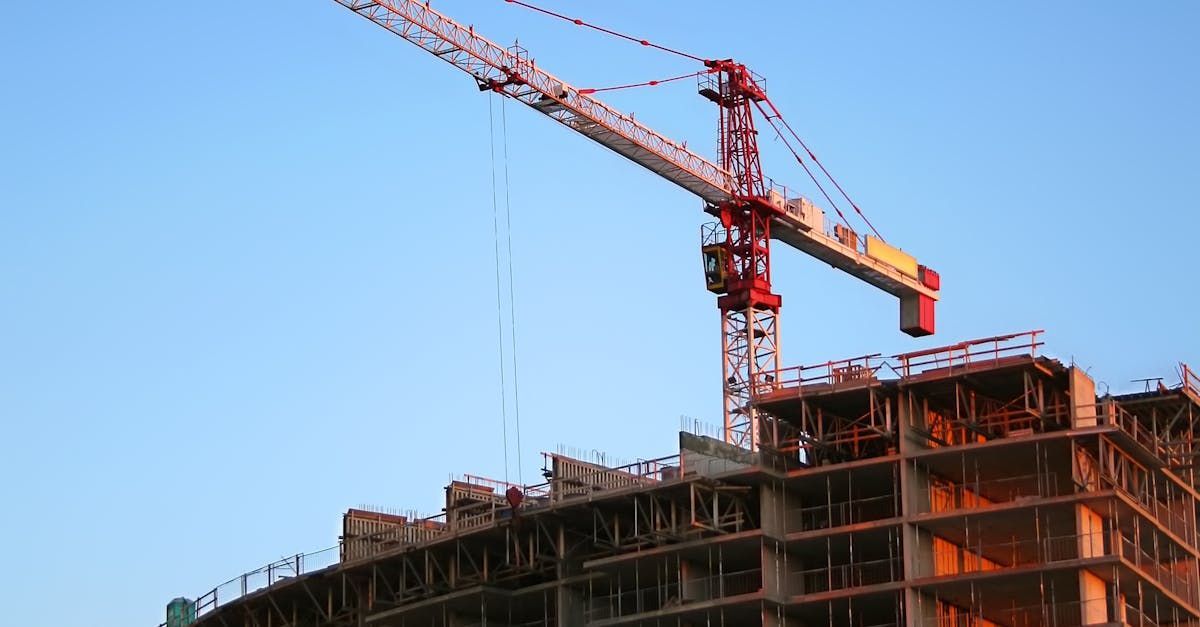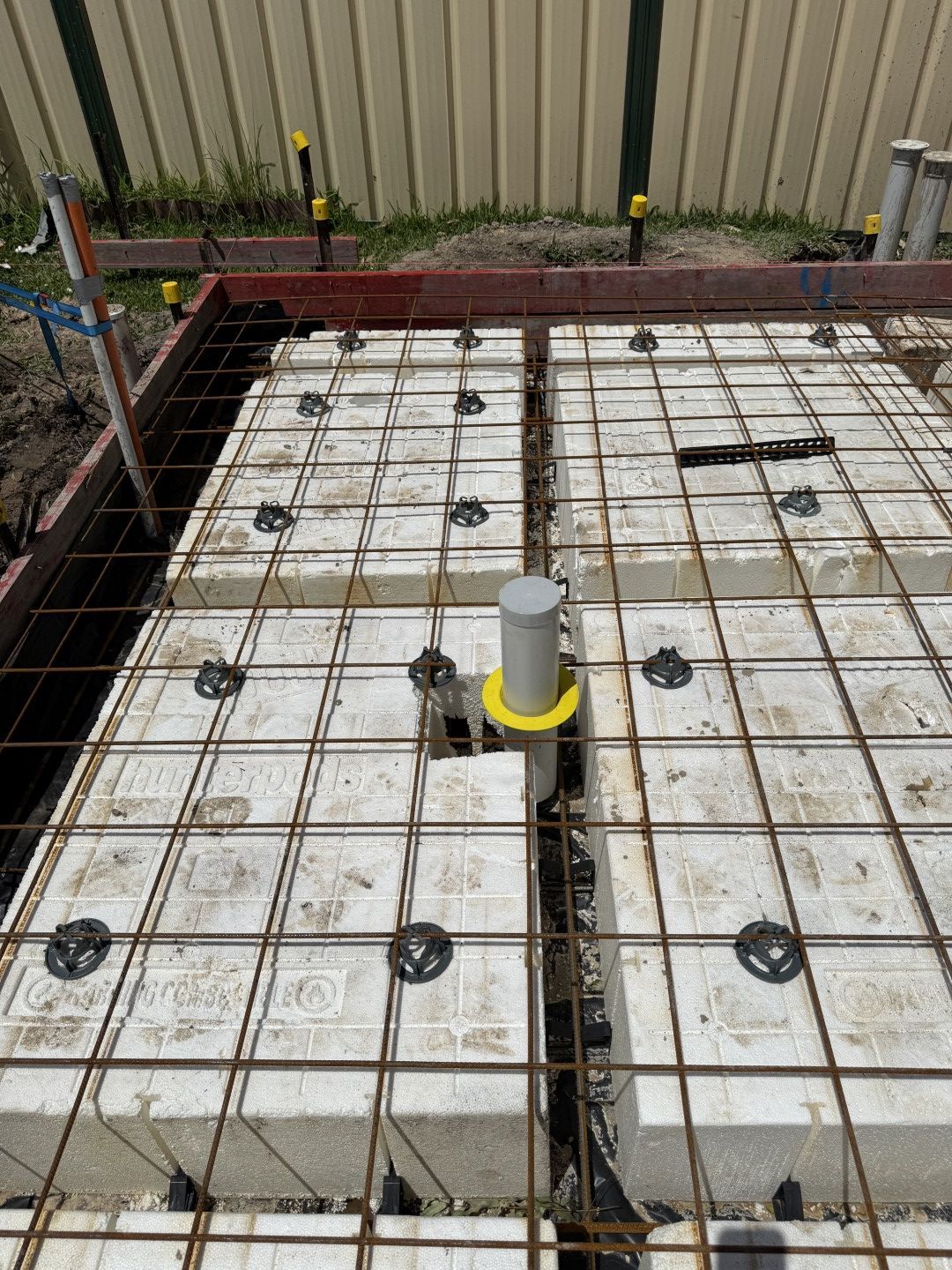Project Management in Construction Industry: A Comprehensive Guide
Construction projects are inherently complex, requiring the precise coordination of resources, timelines, and stakeholders. Effective project management in the construction industry ensures that every aspect, from budgeting to completion, runs smoothly and efficiently. As the industry grows in size and complexity, managing risk becomes increasingly critical, making it essential for project managers to understand not only the principles of construction project management but also the various risks in project management that may arise.
What Is Project Management in the Construction Industry?
At its core, project management in construction involves the planning, coordination, and execution of a construction project from start to finish. It encompasses a broad range of tasks, including managing timelines, overseeing construction work, ensuring the quality of materials, and mitigating risks throughout the project’s life cycle. Construction project management is a systematic approach that helps in minimizing risks and maximizing productivity. Successful project managers in the construction industry know how to allocate resources effectively, monitor progress, and keep the project aligned with both the timeline and the budget.
In construction, the effective management of risks in project management is particularly important. Construction projects are prone to a variety of challenges, such as changes in design, delays due to weather, and fluctuations in material prices. A project manager’s ability to anticipate these risks and manage them proactively is critical to the overall success of the project.
Why Project Management Is Crucial for the Construction Sector
The construction industry, with its ever-growing complexity and diversity, requires meticulous planning to handle its unique set of challenges. Projects often involve multiple teams, stringent regulations, and tight deadlines, making the need for effective construction industry project management even more pressing. A skilled project manager helps steer the project through these challenges by utilizing a set of construction project management principles that align with the project's goals.
Risk management is one of the most important aspects of managing construction projects. In fact, the management of risks can often determine the difference between a successful project and a failed one. Risks can range from budget overruns, unforeseen delays, and changes in regulations to safety issues and labor disputes. With the growing importance of sustainability and the adoption of new technologies, management risk in construction has also become an area that requires constant attention. This is why experienced project managers invest in understanding and mitigating potential risks at every stage of the project.
Key Roles in Construction Project Management
In a typical construction project, there are several key players, each with specific roles and responsibilities, all of which contribute to the project’s overall success. Understanding these roles is essential for effective project management in building and mitigating the risk of management during construction.
Project Manager
The project manager is the linchpin of any construction project, responsible for overseeing the entire project from initiation to closure. Their primary role is to coordinate all activities, ensuring that the project stays on track and meets its objectives. Project managers handle everything from project scheduling to managing project teams and ensuring adherence to the project’s budget. One of the key responsibilities of a project manager is identifying potential risks in project management early and putting strategies in place to manage them. Their ability to adjust plans, allocate resources efficiently, and deal with unforeseen challenges is crucial for successful project completion.
General Contractor
The general contractor plays a pivotal role in the construction project management process. They are responsible for overseeing the construction work itself, managing subcontractors, and ensuring that all work aligns with the specified timeline and quality standards. In many ways, the general contractor acts as the execution arm of the project manager's plans, taking care of day-to-day operations on site. The contractor’s expertise in handling the physical aspects of construction helps mitigate risks associated with building project management, such as cost overruns, construction delays, and poor-quality work.
Construction Estimators and Subcontractors
Estimators and subcontractors add value to the construction management process by providing specialized knowledge. Estimators are responsible for creating cost estimates for the entire project, helping to keep the project on budget. Their insights into material and labor costs allow project managers to make informed decisions. Subcontractors, on the other hand, are experts in specific areas of the construction process, such as electrical work or plumbing, and they play a key role in ensuring quality and timeliness. Having reliable estimators and subcontractors is critical to the success of a construction project, as they help reduce the risks in project management by ensuring accuracy in costs and specialized work.
Project Owner
The project owner is the individual or entity that commissions the construction project. They are responsible for approving plans,
budgets, and key decisions throughout the project. The owner works closely with the project manager to ensure that the project aligns with the vision and goals of the organization or client. The owner’s decisions, whether related to design changes or budget adjustments, can significantly affect the project’s outcome, making them an essential part of the construction management process.
The Pillars of Effective Construction Project Management
Effective construction project management is built upon several core principles that work together to ensure the project is completed on time, within budget, and to the required quality standards. These principles guide the team from the initial stages through to project closure and include time management, budget control, and quality assurance.
Time Management
One of the primary concerns in any construction project is ensuring that the work is completed on time. Time management in construction project management involves detailed scheduling, regular monitoring of progress, and the flexibility to adjust when unforeseen issues arise. Tools like Gantt charts and project management software play a key role in helping project managers keep track of deadlines and ensure that each phase of the project progresses as planned.
Budget Control
Staying within the budget is another fundamental pillar of construction project management. Construction management involves frequent budget reviews to ensure that costs do not spiral out of control. Project managers often need to make tough decisions about where to allocate resources and where to cut costs, all while maintaining the quality of the final product. Effective budgeting requires a thorough understanding of management risk and strategies to manage cost fluctuations that may arise during construction.
Quality Assurance
Quality assurance is the process of ensuring that all work carried out during the project meets the required standards. Risk management in construction projects often overlaps with quality control because poor-quality work can result in delays, additional costs, and safety risks. By implementing regular inspections and using quality materials, project managers help ensure that the project is built to last and meets the client’s expectations.
Risk Management
Finally, risk management is arguably one of the most important functions of a construction project manager. The risk management process involves identifying potential issues before they become problems and developing strategies to mitigate or eliminate them. Whether dealing with construction delays, unforeseen costs, or safety hazards, the ability to proactively manage risks helps avoid disruptions and keep the project on track.
In conclusion, understanding the key roles and responsibilities in construction project management, as well as the critical principles that underpin it, is essential for delivering successful construction projects. By managing time, budget, quality, and risks effectively, project managers can navigate the complexities of the construction industry with confidence.
Construction Project Management Processes
Effective construction project management involves a well-structured, step-by-step approach to ensure all aspects of the project are successfully coordinated. This structured approach helps reduce the risk of management failures by streamlining tasks, ensuring that responsibilities are clearly defined, and allowing project managers to address issues as they arise.
Project Initiation
The project initiation phase is the foundation of any construction project. During this phase, the project's scope is defined, objectives are clarified, and essential stakeholders are identified. A clear understanding of project goals, along with stakeholder input, is crucial for setting expectations. It is also during this phase that initial risk management in construction projects begins. Identifying potential risks early, such as unforeseen environmental factors or supply chain issues, helps the project manager build contingency plans and allocate resources effectively.
This phase also involves creating the project charter, a document that outlines the project’s goals, stakeholders, and the resources required. Establishing the project's baseline at the initiation stage allows for better control over project management in building efforts throughout the process.
Project Planning
During the planning phase, the project manager works with the team to develop a detailed project plan that includes timelines,
resources, and budgets. One of the critical tasks during this stage is defining the project’s risk management strategy. The project manager must assess potential risks, such as safety hazards, regulatory changes, or unforeseen costs, and develop strategies to mitigate those risks before the project begins. Proper planning also includes selecting the appropriate construction management contract and project delivery methods to set the project on the right path.
Additionally, the project manager defines project milestones and key deliverables, creating a roadmap for each phase. This phase is vital for minimizing the risks in project management as it sets clear expectations for everyone involved.
Project Execution
The execution phase is where the construction project truly begins to take shape. At this point, the planning and initiation work culminate in physical progress. The project manager oversees the execution of the construction work, managing teams, overseeing subcontractors, and ensuring that the project remains on schedule and within budget.
Effective execution relies heavily on strong project management building skills, particularly in managing resources. This includes ensuring that materials are delivered on time, coordinating with contractors, and monitoring construction quality. Furthermore, the execution phase is when project managers must continually assess potential risks and manage them proactively. Whether dealing with delays caused by weather, labor issues, or supply shortages, the ability to respond to challenges quickly is essential in keeping the project on track.
Project Closing (Closure)
Once the project’s physical construction is complete, the closing phase begins. This stage involves final inspections, addressing any remaining issues, and delivering the completed project to the owner. Proper documentation is vital during the closing phase, ensuring that all tasks have been completed and that the final product meets the required standards. Additionally, this phase includes evaluating the overall project and conducting a post-project review to identify any lessons learned, particularly regarding management risk and how it could be avoided in future projects.
Project Scheduling and Tools for Construction Project Management
Project scheduling is one of the most critical aspects of construction project management. It involves outlining a timeline for the entire project, specifying when each task needs to be completed and by whom. Proper scheduling ensures that each phase is completed on time and within budget, helping to mitigate delays or cost overruns—common risks in construction projects. Tools like Gantt charts and project management software allow project managers to track progress, allocate resources, and stay on top of deadlines.
By breaking down tasks into manageable segments and using these tools, project managers can better predict potential delays and proactively take action. This process helps to minimize the risk of management errors that could derail the project.
Gantt Charts
Gantt charts are invaluable for visualizing the project schedule. These charts break down the project into its constituent tasks, show their dependencies, and track progress. This tool provides a clear and concise overview of the project timeline and helps to spot potential bottlenecks that could lead to delays or increased costs. Using Gantt charts in combination with project management software can provide even greater insights, allowing project managers to adjust schedules in real time and avoid unnecessary risks.
Task Lists and Dashboards
Task lists and dashboards are essential tools in modern construction project management. They help ensure that all team members are on the same page and aware of their responsibilities. Dashboards, in particular, provide a high-level view of project performance, offering insights into key metrics such as budget status, task completion, and potential risks. These tools allow project managers to stay ahead of issues and adjust plans as needed, reducing the likelihood of management risk.
Budgeting and Managing Costs in Construction Projects
Managing a project’s budget is one of the most critical aspects of project management in building. Overruns can lead to delays, strained relationships with stakeholders, and, in some cases, financial losses. A well-managed budget, on the other hand, ensures that the project can proceed as planned without hitting financial roadblocks.
During the budget planning phase, project managers must account for the cost of materials, labor, equipment, permits, and other expenses. However, managing costs doesn’t stop at the planning stage; project managers must continually track expenses against the budget throughout the project's lifecycle. This is especially crucial in construction, where risks in project management often
stem from unforeseen expenses, such as material price hikes or unexpected changes in labor costs.
One of the most effective ways to manage costs and minimize risk management in construction projects is through contingency planning. By setting aside a portion of the budget for unforeseen expenses, project managers can absorb unexpected costs without significantly affecting the project's timeline or overall budget.
Risk Management in Construction Projects: Preventing and Mitigating Risks
Effective risk management in construction projects is one of the key pillars of successful project management. Identifying, assessing, and mitigating risks early can help ensure that the project stays on course and does not run into significant issues during the execution phase.
Identifying Risks Early
The first step in managing risks is identifying them. Project managers should conduct thorough risk assessments during the planning phase to anticipate potential challenges. These risks can include anything from regulatory changes, environmental factors, and supply chain disruptions, to safety hazards on the construction site. By identifying these risks early, managers can develop appropriate mitigation strategies and avoid costly delays down the road.
Risk Mitigation Strategies
Once risks are identified, project managers need to develop risk mitigation strategies. This can involve building contingencies into the schedule, hiring additional staff, or changing suppliers to reduce costs. Effective risk management can also include creating safety protocols, obtaining insurance, and having a clear communication plan in case issues arise. The ability to adapt and find solutions quickly is what distinguishes successful construction project managers from those who struggle to keep their projects on track.
In conclusion, project management in construction is a multifaceted process that involves careful planning, scheduling, and constant risk management. By understanding the importance of risk management, scheduling tools, and budgeting, project managers can ensure that their construction projects are completed on time, within budget, and with minimal complications. Managing these aspects effectively helps mitigate risks in project management and leads to the successful completion of the project.









